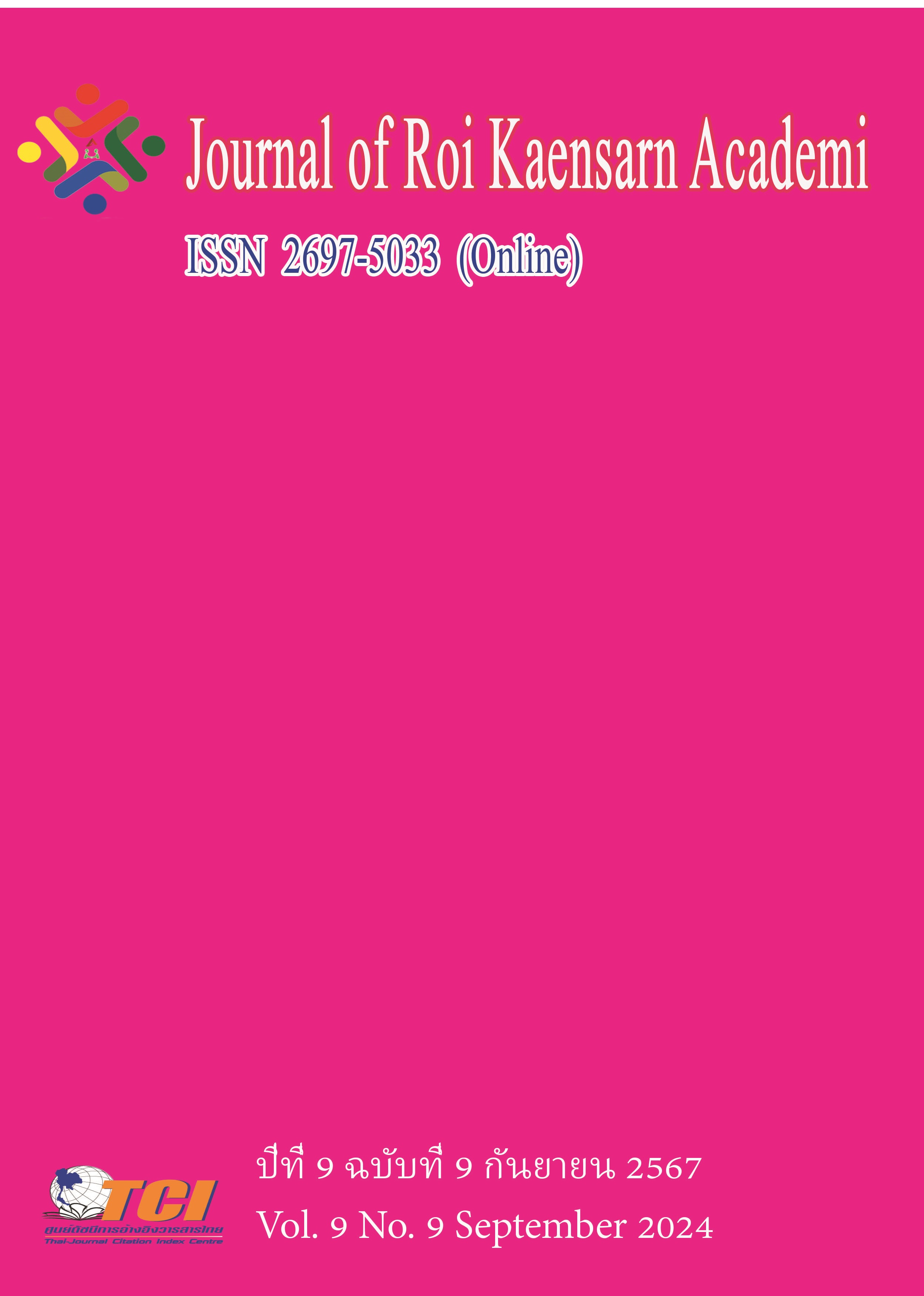The Research on the Narrative Structure and Film Style of Director Hirokazu Kore-eda
Main Article Content
บทคัดย่อ
This research provides an overview of the evolution and influence of Japanese cinema, with a specific focus on the works of Hirokazu Kore-eda. Cinema was introduced to Japan in 1896, marking the beginning of a rich cinematic history that has evolved through various cultural and political epochs. These periods were characterized by significant transformations, influenced by key events such as the Great Kantō earthquake and the shifting policies of wartime Japan. Against this backdrop, independent filmmaking emerged in the 1980s and 1990s, setting the stage for filmmakers like Kore-eda.
This research aims to thoroughly examine the narrative structure and film style within the cinema of Hirokazu Kore-eda, a pivotal figure in both Japanese and global filmmaking scenes. Our specific objectives were: 1) to investigate the narrative structure of Hirokazu Kore-eda's films, and 2) to explore the film style employed in his cinema. The films selected for this study cover the period from 2016 to 2020, representing a significant phase in Kore-eda’s career marked by a deep exploration of societal issues through complex emotional narratives and detailed character portrayal.
Qualitative methods and extensive literature reviews were utilized as the main research tools for data collection. The analysis of the data was supported by various statistical methods to interpret the cinematic techniques and narrative strategies employed by Kore-eda.
The results of the research reveal that Kore-eda's meticulous attention to character development and narrative complexity, along with his stylistic precision in cinematography, editing, and sound design, significantly enhance the emotional and psychological depth of his films. These elements affirm his status as a major influencer in the contemporary cinema landscape. Recommendations for future research include a comparative study of Kore-eda’s techniques with other contemporary filmmakers to further understand the uniqueness and impact of his style on modern cinema.
Article Details
เอกสารอ้างอิง
Chen, M. M. (2022). Eastern Poetic Expression - The ethereal world of Hirokazu Koreeda. Drama House, vol (18), 175-177.
Gerow, A. (2011). Japanese film and television. In Routledge Handbook of Japanese Culture and Society (pp. 213-225). Routledge.
Jiao, S. Q. (2023). A Study of Hirokazu Kore-eda's Family Films from the Perspective of Cultural Anthropology. Drama House, vol (22), 163-165.
Lei, W. (2023). The practice and implications of the "generative" model in Hirokazu Kore-eda's films. Media, vol (24), 52-55.
Li, X. C., & Song, D. P. (2024). Cultural presentation of Asian cinema on the international stage—A brief analysis of "Shoplifters." All Media Exploration, (01), 81-83.
Schilling, M., & Bo, Y. (2012). Interview with Hirokazu Kore-eda. World Cinema, vol (01), 153-159.
Wang, Y. H. (2023). National Reconstruction of Contemporary Japanese Imaging Art - Taking Hirokazu Koreeda's Film Creation as an Example. Contemporary Cinema, vol (04), 115-121.
Zhang, H. X. (2023). Research on Hirokazu Kore-eda's films from a childhood perspective [Doctoral dissertation, Qingdao University of Science and Technology].
Zhao, C., & Xia, P. T. (2020). The evolution of representation forms and styles in Hirokazu Kore-eda's films. Drama House, vol (35), 151-152.

